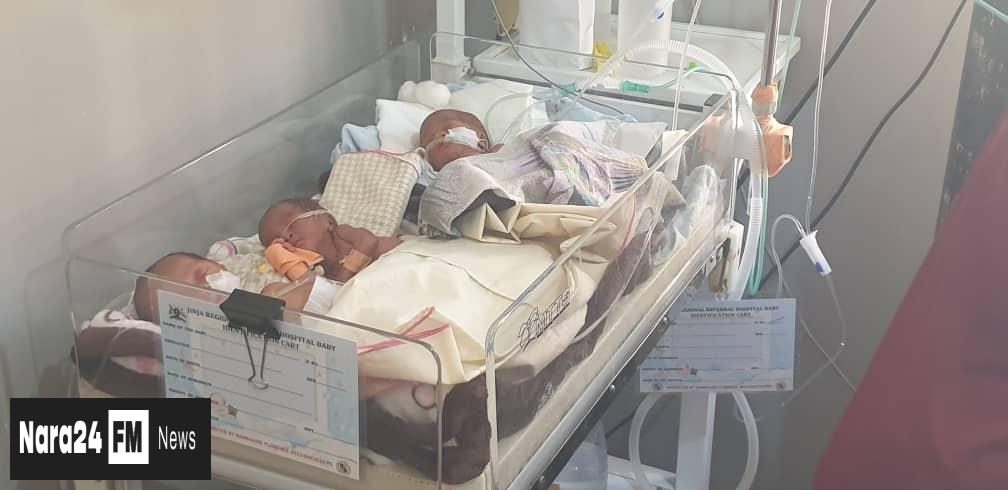In This Article
- Crisis of Newborn Deaths at Jinja Hospital
- Systemic and Ethical Causes of Mortality
- Medical Interventions and Infrastructure Gaps
- Cultural and Social Barriers to Care
- Demographic and Economic Challenges
- National Awareness Campaign Initiative
Key Takeaways
- Jinja Regional Referral Hospital reports 10 monthly newborn deaths due to birth asphyxia, with a neonatal mortality rate of 33 deaths per 1,000 live births over five quarters.
- Extortion by healthcare workers, leading to treatment delays, and systemic deficiencies like lack of anesthetic officers and equipment in Health Centre IVs are critical factors contributing to preventable deaths.
- Cultural practices, including delays in seeking care and waiting for family consent before cesarean sections, worsen neonatal mortality risks.
- Uganda's high fertility rates, rural poverty, and a 25% teenage pregnancy rate in Busoga compound challenges in reducing newborn deaths.
- Experts urge urgent investment in staffing, infrastructure, and community education to address both supply-side healthcare gaps and demand-side social barriers.
Jinja Regional Referral Hospital is facing a critical crisis, losing approximately 10 newborns each month to birth asphyxia – a preventable condition where infants fail to breathe properly at delivery. Hospital director Dr. Alfred Yayi disclosed these alarming statistics during the launch of the nationwide "My Baby’s First Cry" awareness campaign initiated by the Ministry of Health.
Data from the facility indicates a neonatal mortality rate of 33 deaths per 1,000 live births over the past five quarters. Over 80% of these deaths occur within the first week of life, with birth asphyxia accounting for more than 60% of the fatalities.
Health officials pinpointed a combination of systemic deficiencies and unethical conduct as primary causes. Dr. Rony Bahatungire, Commissioner for Clinical Services, highlighted that extortion by healthcare workers creates dangerous treatment delays: "A recent study revealed health workers demand money from expectant mothers before providing care. These delays directly contribute to preventable deaths from asphyxia."
Medical experts emphasized that timely prenatal care, skilled birth attendance, and proper monitoring tools like the partograph could prevent most deaths. However, critical gaps persist, especially in Busoga sub-region where Health Centre IVs lack anesthetic officers and essential equipment, forcing complicated deliveries to travel long distances for emergency care. "These delays are sometimes fatal," Dr. Yayi warned, calling for urgent investment in staffing and infrastructure at local facilities.
Uganda Mourns the Loss of Dr. Spire Kiggundu, a Visionary Gynaecologist
Uganda's medical community is grieving the unexpected passin...
Read moreFurther complications arise from cultural practices and social factors. Obstetrician-gynecologist Dr. Joseph Bainomugisha noted, "Some women arrive too late, while others delay critical interventions like cesarean sections awaiting spousal or family consent – delays costing lives." Dr. Harriet Namutosi, a paediatrician, stressed the criticality of the first cry indicating successful lung function, warning that failure to breathe can lead to brain damage, cerebral palsy, or death.
The situation is exacerbated by Uganda's high fertility rates, poverty (particularly in rural areas), and a staggering 25% teenage pregnancy rate in Busoga. Dr. Yayi concluded, "We must address both demand-side challenges like poverty and education, and supply-side issues including staffing and infrastructure shortages." The Ministry of Health plans to extend the awareness campaign nationwide to combat preventable newborn deaths.







Comments (0)
Leave a Comment
Be the first to comment on this article!